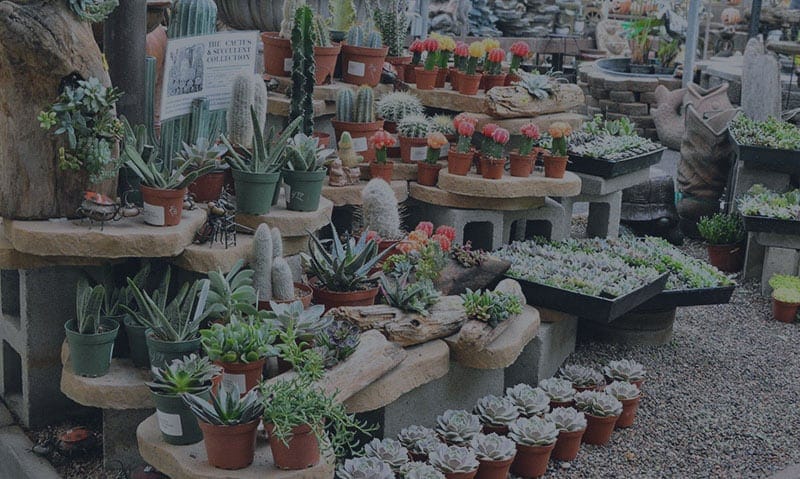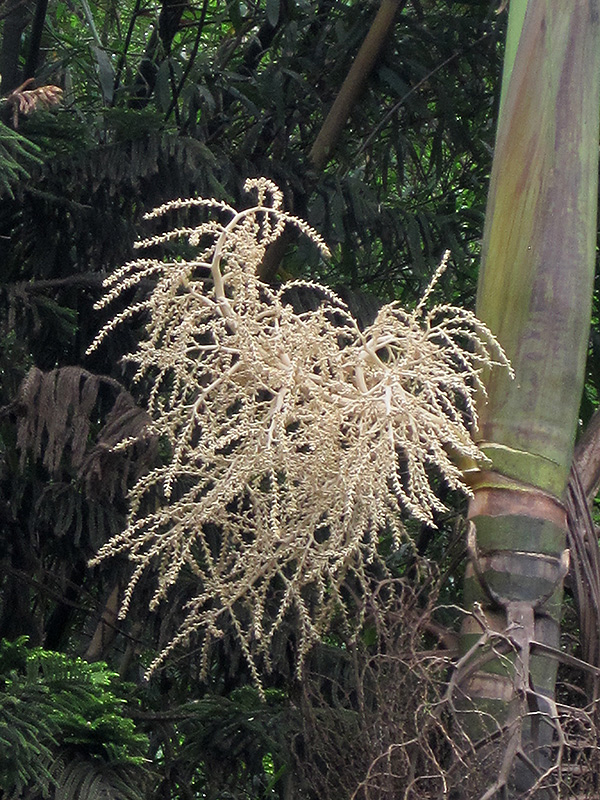Height: 80 feet
Spread: 15 feet
Sunlight:
![]()
![]()
Hardiness Zone: 9a
Other Names: Alexander Palm, King Alexander Palm, King Palm
Description:
These majestic palms can grow quite tall, leaves can be 7 feet long or more; likes water more than most palms and may even thrive in poorly drained areas; attractive planted individually or in groupings
Ornamental Features
Alexandra Palm features showy clusters of purple flowers with creamy white bracts hanging below the branches in mid spring. It has green foliage with silver undersides. The glossy narrow pinnately compound leaves remain green throughout the winter. The red fruits are held in clusters from early summer to early fall.
Landscape Attributes
Alexandra Palm is an evergreen tree with a strong central leader and a towering form, with a high canopy of foliage concentrated at the top of the plant. Its relatively fine texture sets it apart from other landscape plants with less refined foliage.
This is a relatively low maintenance tree, and should not require much pruning, except when necessary, such as to remove dieback. Gardeners should be aware of the following characteristic(s) that may warrant special consideration;
- Insects
- Disease
Alexandra Palm is recommended for the following landscape applications;
- Accent
- Shade
- Vertical Accent
Planting & Growing
Alexandra Palm will grow to be about 80 feet tall at maturity, with a spread of 15 feet. It has a high canopy of foliage that sits well above the ground, and should not be planted underneath power lines. As it matures, the lower branches of this tree can be strategically removed to create a high enough canopy to support unobstructed human traffic underneath. It grows at a medium rate, and under ideal conditions can be expected to live for 60 years or more. This is a self-pollinating variety, so it doesn't require a second plant nearby to set fruit.
This tree does best in full sun to partial shade. It prefers to grow in average to moist conditions, and shouldn't be allowed to dry out. It may require supplemental watering during periods of drought or extended heat. It is not particular as to soil type or pH. It is somewhat tolerant of urban pollution. This species is not originally from North America.


